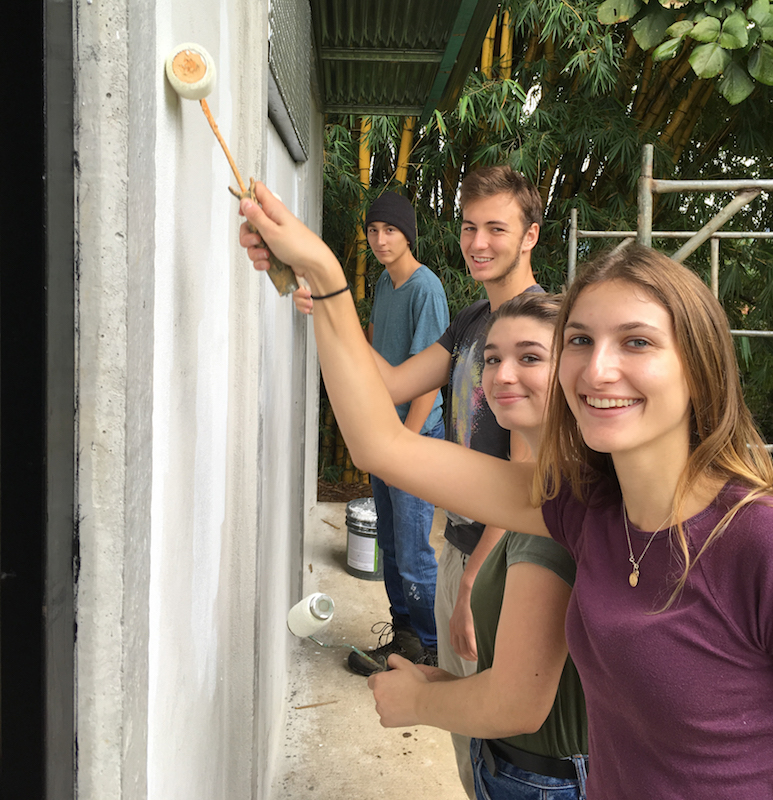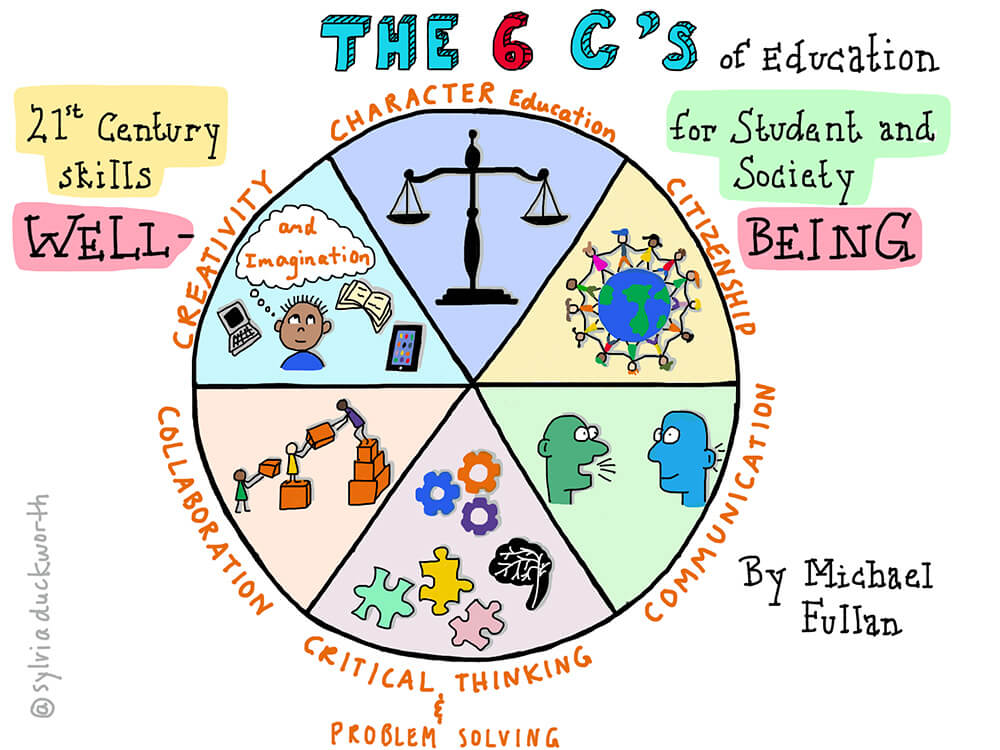Innovation: where hard and soft skills meet
Posted on 7th Aug 2018 in School News, Curriculum
Michael Maniska, Head of School at the International School of Los Angeles, says educators need to make space for 21st century learning...
Like many international schools, the International School of Los Angeles offers prescriptive curriculum frameworks such as the IB Diploma Programme. Our context equally incorporates the teaching of the French Ministry of Education’s program from preschool–12th grade, carefully woven into a French-English bilingual program. Our curriculum, like that of many of our counterparts, is carefully constructed to support our mission and to meet the needs of international, bilingual students. In this space, it can sometimes feel as though there is not much room to innovate.
Some schools have completely eliminated the notion of a formal curriculum, preferring instead to construct an interdisciplinary curriculum based on problem-solving and critical thinking. I have heard educators say that the ‘hard’ content skills have indeed been replaced by the ‘soft’ skills such as the 6 Cs of 21st century learning, a pedagogical paradigm developed by Michael Fullan. Yet in schools like ours, we need to strike the balance: on the one hand, we need to adhere to curriculum mandates; and on the other, we need to innovate.
What does innovation look like in our international schools? How do we take a fresh look at the curriculum-design space?
Before taking on the innovation piece, I think it is important to start by re-examining your mission, vision, and values. Are they still current? When were they last reviewed? Do they speak to students’ current and emerging needs? Is there a prevailing intransigence around their expression? How can these, oftentimes founding, principles evolve in such a way as to be faithful to their original meaning? How can they keep pointing in the same direction while recognizing that the changing landscape calls for a flexible road map that can ultimately lead to more exciting outcomes for student learning?
Recently, I challenged our school community to rethink exactly what we intend by certain words and ideas in our mission, vision, and values. Through this, we found that some of the language had assumed new dimensions. Let’s take diversity for example, which is a value espoused by many international schools. What do we really mean by this? Is this simply code for having many nationalities represented in the school? Is it cultural only in meaning or are we also talking about other forms of diversity: gender identity, ethnicity, socio-economic, inclusion, privilege? What meanings does your community attach to a word like diversity?
How about bilingualism? This has been a great debate within our school community. In offering a French-English program, we tend to focus on this expression of bilingualism, but what about the myriad other languages spoken by our students? Where do they figure in our bilingual discussion? And exactly what do we mean by bilingual? Bilingualism sits on a continuum: for some it is about technical mastery; for others it is about literary analysis, or perhaps vocational outcomes; and for others it is about fluency and intercultural competence. Students’ bilingualism can be oral or written or both. Take some time to redefine your school lexicon; bilingually, of course.
Beyond the terminology used, there is a deeper paradox that can often be observed in bilingual schools: it is our students who are bilingual while in reality our programs are made up of two siloed monolingual experiences. We have attempted to be more purposeful in our curriculum so that its design is a true hybrid rather than merely two parallel tracks that support a bilingual locomotive.
To this end, we have embarked on some educational initiatives that preserve our mission while venturing into new and sometimes unchartered areas. For example, all elementary students at the International School of Los Angeles have a bilingual hour each week. In this class, both teachers – in our context, one Anglophone and one Francophone – straddle two languages explicitly, making connections and inviting students to compare linguistic structures and content covered. In these classes, they are collaborating and problem-solving (critical thinking), two of the 6 Cs in Fullan’s 21st century learning framework.

We have also embedded some aspects of the US learning framework into our bilingual curriculum, including US math and a STEM program in upper elementary. The US math program explicitly highlights the methodological differences between the American and French programs while the STEM program delivers the mandated French science content in English, interspersed with aspects of robotics. In this harmonized learning environment, students are getting the best of both worlds.
Of course, the citizenship and character education pieces (two more of Fullan’s 6 Cs) are equally valued in the innovation zone. Our students are invited to participate in experiences that are relevant to our mission in ways that complement formal instruction and unlock possibilities for different types of learning.
In recognizing the complexity of the world, we ask students to embrace seemingly irreconcilable tensions in their learning. Like many of you, we take our students on service-learning trips, both locally and abroad. These are rich opportunities that support our missions. We can amplify these when we shape them into creative experiences (another 21st century C) by asking students to share written reflections of what they have learned and the conclusions they have drawn. Many of our students also use film as a powerful medium through which they are able to convey knowledge and write a creative narrative in tandem. In doing so, they communicate in ways that speak to others. We have already seen some extraordinary examples of our students’ creativity in action, and I am confident that our schools can serve as the ideal platforms for this.
In the final analysis, innovation is very much possible. It’s about reimagining some things, discarding others, and creating space for new possibilities.